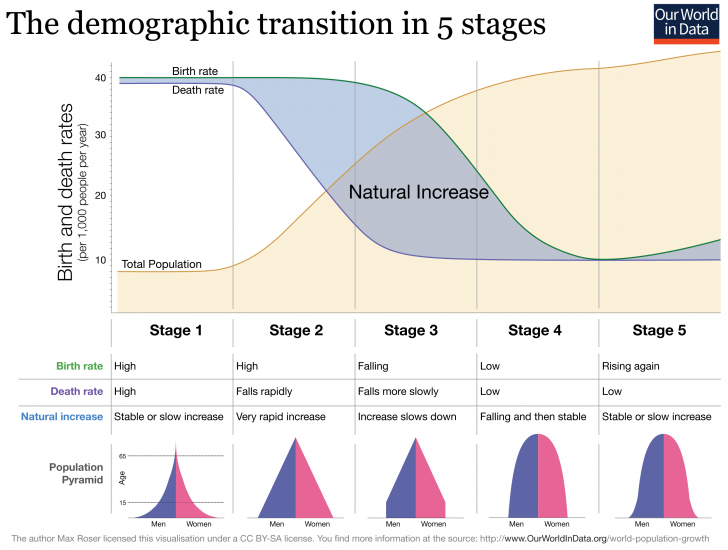dicussion 6
: There is generally no grace period for discussion board. Discussion board is our learning forum for each of the learning modules. We learn from each other. You cannot afford to get behind in readings and discussion, because before you know it, we would have already moved on to new learning module topics. Reminder: refer to all Discussion Board Guidelines, and REFER TO YOUR SOURCES WHEN MAKING CLAIMS! THIS IS KEY! How to Cite Sources from the Reilly Textbook?
Initial Discussion Post
TASK: Carefully analyze the secondary source “Europe’s Last Summer” by David Fromkin ![]() (remember: the lesson content page WWI: Causes (Background)WWI: Causes (Background) provide good background knowledge for the Fromkin essay) by answering the questions that are visible in lavender chart below. Write an analytic summary using the questions below. No Q & A.
(remember: the lesson content page WWI: Causes (Background)WWI: Causes (Background) provide good background knowledge for the Fromkin essay) by answering the questions that are visible in lavender chart below. Write an analytic summary using the questions below. No Q & A.
How to cite this source?
1David Fromkin, “Europe’s Last Summer” in Worlds of History: A Comparative Reader Volume II since 1400, ed. Kevin Reilly (New York: Bedford/St. Martin’s Press, 2013), xx.
CTA QUESTIONS
1. The main purpose of this article is ____________________________.
2. The key question that the author is addressing is ____________________.
3. The most important evidence in this article is ______________________. (include 3-5 pieces of evidence used by the author to support their conclusions/argument)
4. The key concept(s) we need to understand in this article is/are ____________. (Concepts are organizing ideas used in reasoning and explanation. So, what are the key ideas expressed in this article?) These can be a single word or a short phrase (Examples: freedom, oppression, violence, rights, cult of true womanhood).
5. The main conclusions in this article are _________________________. (Author’s thesis statement)
6. The main assumptions underlying author’s thinking is/are _______________________.
7. What are the consequences of this author’s line of reasoning?
8. The main point(s) of view presented in this article is/are _______________.





